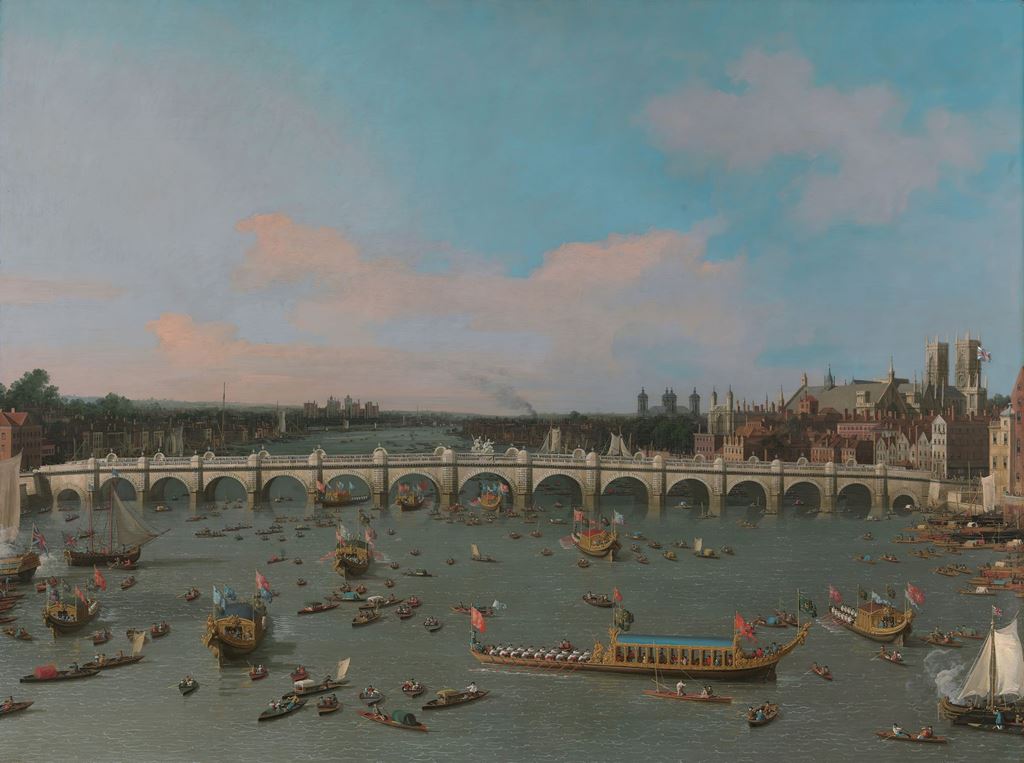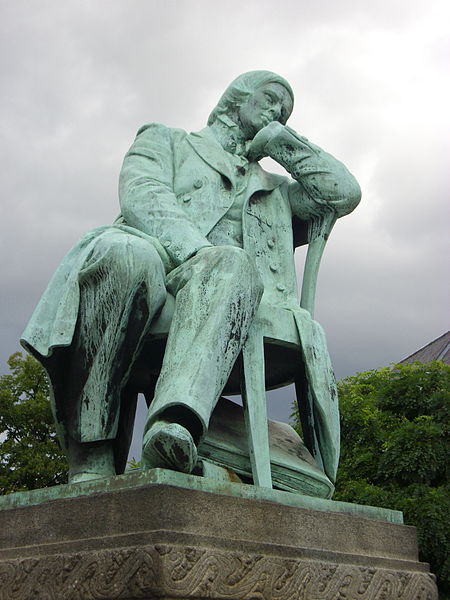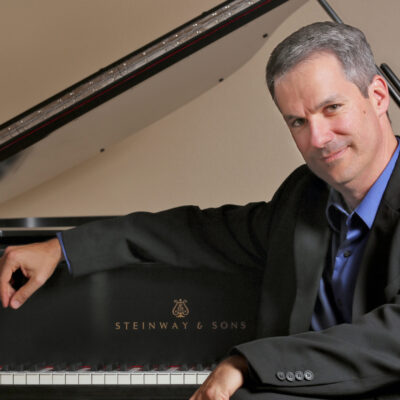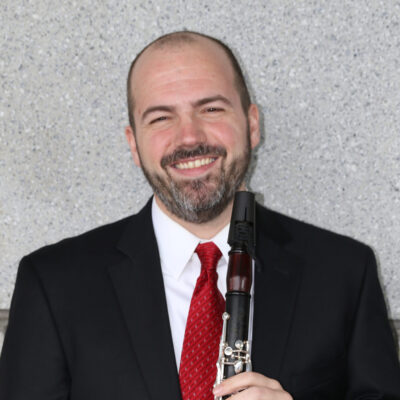
Viet Cuong (b. 1990)
Chance of Rain (2023)
The Covid-19 pandemic will leave its stamp on our culture for many years to come. As we emerge from isolation and loss, there’s a sense of awakening in the arts—orchestras resuming their regular concert schedules, audiences returning to live performances, musicians back on the road after their long hiatus.
For Viet Cuong, the California Symphony’s resident composer since 2000, the pandemic was a time of inwardness and introspection. “The pandemic and death of my father certainly played a role in that phase,” he recalls. Now Cuong feels the temperatures rising, as it were, and his innate joy in making music is asserting itself. “All in all, it was fun to write a joyous dance-inspired piece akin to what I was writing prior to the pandemic!”

Credit: Aaron Jay Young
As a 21st century composer, Cuong has been profoundly influenced by the impact of digital production techniques. The virtually limitless abilities provided by digital audio workstations and their array of tools offer endless opportunities for exploration and creative inspiration.
Cuong uses techniques such as tape loops, tape delay, and drum loops in a composition that is solely for acoustic instruments—there is no MacBook Pro on stage acting as the maestro—but that incorporates the effect of those techniques to create its layered, patterned, and altogether engaging sonic tapestry. There are passages in Chance of Rain during which we can imagine ourselves on the set of Dancing with the Stars, as the music bubbles, sprints, and leaps along with infectious energy.
And the title? It’s “something of a metaphor … embracing that there’s always a chance of rain/darkness, and how I’ve learned to adapt and grow.” Moving on from the dark days of the pandemic, it’s time to kick up our orchestral heels and, frankly, just have ourselves some fun!

George Frideric Handel (1685–1759)
Water Music, Suites No. 1 and No. 2 (1717)
George Frideric Handel got in on the ground floor at the establishment of a royal dynasty. He spent 1710 in the employ of Prince George, Elector of Hanover. Two years later Handel settled in England, then Prince George followed in 1714—but now as George I, the first Hanoverian King of Great Britain and Ireland. (The present-day House of Windsor is descended from the Hanoverians.) Over his lifetime Handel would write music for two Georges in succession, although he deftly avoided being ensnared by full-time courtly employment.
For Handel, art and commerce were equally worthy pursuits. Born the same year and same general locale as Bach, Handel wasn’t about to slave away as an underpaid kapellmeister for some provincial German court or church. Handel got out of Germany early on and headed straight for the bright lights and big cities. He financed many of his own projects, experienced his fair share of booms and busts, and died quite a wealthy man.
Handel wrote the Water Music for a lavish 1717 party on the royal barge, to which King George invited family, friends, and an assortment of courtly poobahs. The itinerary: Whitehall to Chelsea then back again. A separate barge, provided by the City of London, held Handel and his 50 some-odd musicians—who wound up playing the entire set of Water Music pieces three times through over the course of the (very long) evening.
Handel arranged the Water Music pieces into three suites; on this concert we’ll hear the first and second. A lavish musical smorgasbord that includes dances, airs, and variations, the Water Music stands as the locus classicus of Handel’s Sunday-best ‘royal’ style, familiar the world over after generations of British coronations, weddings, and jubilees.
Robert Schumann (1810–1856)
Symphony No. 3 in E-flat Major, Op. 97 “Rhenish” (1851)

It must have rankled Robert Schumann to know that his wife Clara was the more famous member of their partnership. She was one of the great pianists of her generation, lauded throughout the continent. He was a writer-critic who published the small yet influential journal Neue Zeitschrift für Musik and had achieved some recognition for his often startlingly original compositions.
No doubt Robert was gratified when in 1850 he landed a fair-sized plum of a gig as the music director of the Düsseldorf orchestra. The Schumanns, by then the First Couple of European music, were a major catch for the provincial Rhineland city. Robert’s compositional career had blossomed considerably during the 1840s, with three substantial symphonies, a bevy of excellent chamber works, a magnificent piano concerto, an opera, and a dazzling legacy of superlative art songs and piano works.
Everything started out well enough, but a problem quickly arose: Schumann wasn’t much of a conductor. He talked too much during rehearsals. His stick technique was faulty. He was maddeningly inconsistent from rehearsal to performance. The orchestra’s playing deteriorated, to the displeasure of all concerned. By 1853 the situation had grown dire. In hindsight we can see that the venture was doomed from the get-go, given Schumann’s utter unsuitability for the task. Nevertheless, he had given it his all, and the stress and guilt of impending failure rendered his already fragile mental health near the breaking point. Then came the crisis. In February 1854 he attempted suicide, and chose to be committed to a mental hospital. He died there two years later, probably from syphilis. He was 46 years old.
It was during the first year of his Düsseldorf residency that Schumann wrote his final symphony, nowadays catalogued as his third, in E-flat major. It is nicknamed the “Rhenish” due to certain (loose) connections with the Rhineland, although its strongest inspiration seems to be Beethoven, particularly his third (Eroica) and sixth (Pastoral) symphonies. Whatever clouds loomed ahead for Schumann, no signs can be found in this optimistic and sunny five-movement symphony. Even the ‘extra’ fourth movement, described as a solemn processional in Cologne Cathedral, is characterized by a fine grandeur that renders it more majestic than somber.
Schumann is sometimes charged with being an indifferent orchestrator, but it’s a bum rap. Just to take one example, consider his exquisite use of the bassoons, clarinets, and cellos in the slow movement. In fact, Schumann’s orchestral imagination was at par with the best of them, while his overall vitality, energy, and vigor ensure him a permanent place on symphonic Olympus.
Program Annotator Scott Foglesong is the Chair of Musicianship and Music Theory at the San Francisco Conservatory of Music, and a Contributing Writer and Lecturer for the San Francisco Symphony. He also leads the California Symphony’s ground-breaking music education course for adults Fresh Look: The Symphony Exposed.
The 23-24 TRAILBLAZERS Season continues with HANDEL—RIVERS OF INSPIRATION, on Saturday, November 11 at 7:30 p.m. and Sunday, November 12 at 4 p.m. at the Lesher Center for the Arts in Walnut Creek. Tickets are $45 to $90 and $20 for students 25 and under, and include a free 30-minute pre-concert talk starting one hour before the performance. Buy tickets online or call or visit the Lesher Center Ticket Office at 925.943.7469, Wed – Sun, 12:00 noon to 6:00 p.m.



